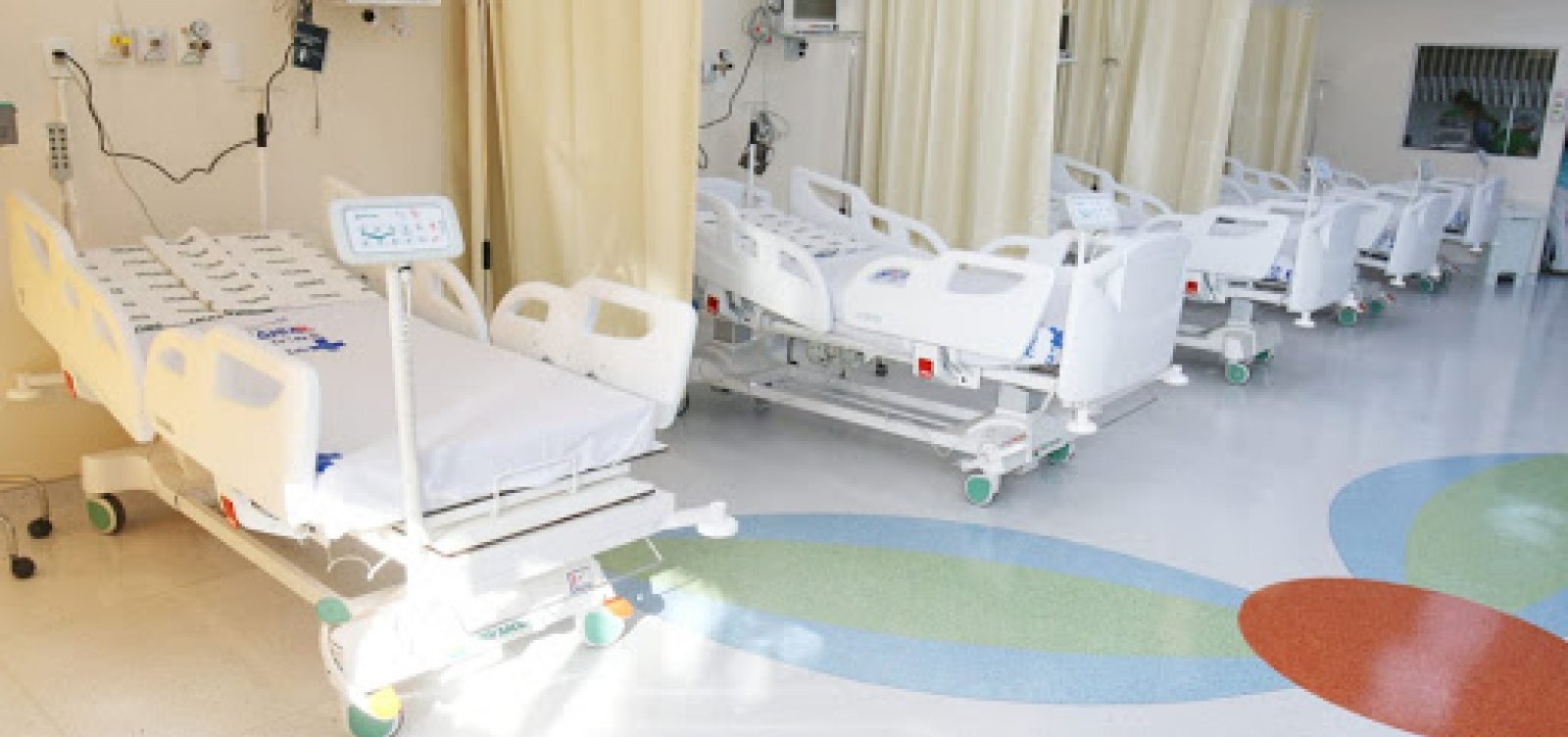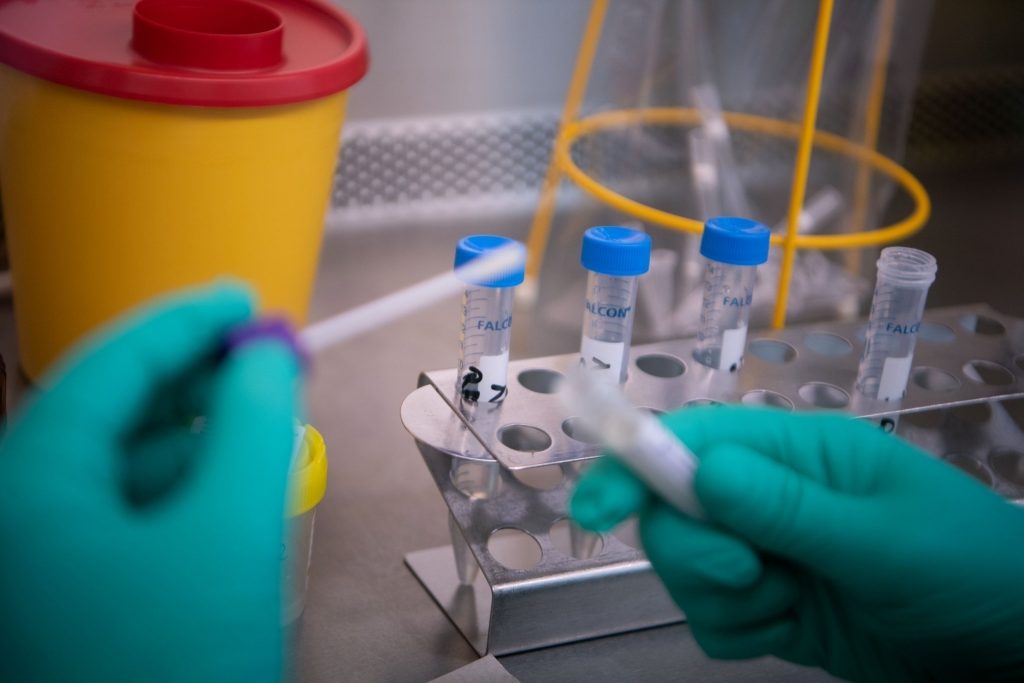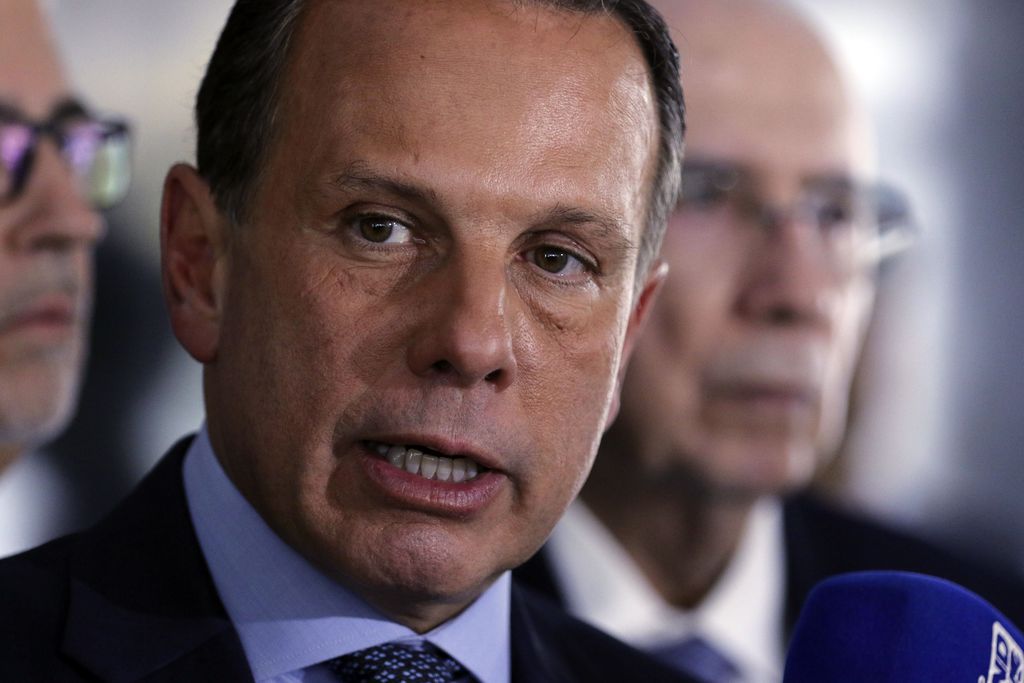SÃO PAULO, BRAZIL – “Aunty, look at the rain, get the laundry off the clothesline.” The warning from one of Olga’s nieces, 77, who lived in a neighboring house did not come in time. The rain that affected São Paulo last week soaked all the retiree’s laundry, who at that point was already unconscious on the couch. It was that same niece who, minutes later, with no sign of her aunt, found her virtually lifeless in the living room.

The retiree passed away after several days complaining of coughing, shortness of breath and coryza. There were three trips to the hospital and no tests were performed. Although the symptoms were similar to those of Covid-19, the cause of death on the death certificate was “bronchopneumonia, gastric reflux disease, osteoporosis, depression”.
The finding was based only on a questionnaire given to relatives by the Death Verification Service (SVO). In the nerve center of the largest pandemic in the country’s recent history, São Paulo, Olga was not tested, either alive or after death, for coronavirus.
“Nothing has ever been tested. It is strange to say that the death of a 77-year-old person, with a cough and in the midst of a pandemic, was due to bronchopneumonia, without any test being conducted,” says another of Olga’s nieces, Joyce Lima de Sousa Fabri, 37, a systems analyst.
The death of the retiree is one of the signs that point to the fact that there is underreporting of deaths by coronavirus, particularly after the publication of a resolution that relaxes the way deaths are attested in São Paulo. When a death occurs, the standard rule is that if the cause has not been certified by a private doctor or the hospital itself, the occurrence should be referred to the Death Verification Service (SVO), the municipal body in charge of examining the bodies of people who die for unknown natural causes.
An autopsy is typically performed to confirm the cause of death, which will be recorded on the death certificate given to the family. However, in cases where there is any suspicion that the death may have been caused by the coronavirus, the protocol is different since last March 20th, three days after the first death by the disease was recorded in the city – and in Brazil.
Resolution SS 32, by the São Paulo Government, established that confirmation of the cause of death by coronavirus may no longer be effected through autopsy, due to the risk this may pose to the professionals performing the procedure, since a body may still pass the virus up to 72 hours after death. The change, according to the document, is based on the World Health Organization’s recommendations that the procedure should not be performed for suspected or confirmed Covid-19 cases.
“In a pandemic situation, any bodies may be considered a risk for contamination and spread of the disease,” according to the resolution. In practice, many of the deaths will never be considered as caused by the coronavirus if they are not certified in a hospital. And with the shortage of tests and manpower to perform the tests, it is possible that the real number of those who died from Covid-19 will never be known.
The report asked the São Paulo City Hall what protocols were followed in cases of suspected deaths by Covid-19, how many suspected deaths have been recorded to date, and whether there is an estimate, based on this data, of how many deaths due to the coronavirus may be being underreported, but no response was forthcoming.
On Monday, March 30th, Governor João Doria stated that “São Paulo uses the criterion of absolute transparency” when questioned about the possibility of underreporting or overestimated data, as suggested by President Jair Bolsonaro‘s family on social media. “No more and no less [recorded cases],” he said. But the very delay in the results of the Covid-19 tests could be an aggravating factor in the accuracy and transparency of these figures.
In São Paulo, the backlog of people waiting for the result amounts to 12,000 patients, according to José Henrique Germann, the state’s secretary of health. According to him, 500 of these are hospitalized in a critical condition.
The state currently has 2,239 confirmed cases and 136 deaths. Over the past 24 hours, the state has counted one death per hour. There are 5,717 cases and 201 deaths nationwide, according to the latest Ministry of Health report on Tuesday, March 31st.

Protocol and Olga’s death
Therefore, since March 20th, the procedure to be adopted in São Paulo is the following: cases of severe acute respiratory syndrome without diagnosis and suspected cases of coronavirus with an ongoing investigation should be examined by collecting samples of secretions from the nose, within 24 hours after death, if the material has not been collected while alive.
In other cases, the death certificate must be filled out by the physician who assisted the patient or who confirmed death. In situations where the information provided in the medical chart or by relatives does not help to determine the cause of death, a verbal autopsy questionnaire is used.
This is what happened in Olga’s case, Joyce says. “A questionnaire was given with several questions from my aunt’s life, about drugs she was taking and many things we didn’t know how to answer”. Based on the answers, the attestation stated: “cause of death undetermined.”
“Nobody asked us if we would give up the autopsy,” Joyce said. “They said those were the protocols because of ‘the Covid-19 thing,” she says. But to meet Olga’s last wish, to be cremated, the death certificate must, by general standards, have two different doctors’ signatures.
The family not only failed to secure a second signature in the SVO, but also insisted on further investigation into the cause of death. “We needed to know if she died from Covid-19, particularly because we had contact with her,” says Joyce. “Furthermore, when the cause of death is undetermined, there are several legal implications. If she left a life insurance policy, no one would be able to receive it, for instance”.
Her niece says she finally managed to talk to a second doctor who, based on a number of verbal questions, attested that Olga died from “bronchopneumonia, gastric reflux disease, osteoporosis, depression”.
The attestation further states that “autopsy not performed in accordance with resolution SS32 of 20/03/2020”. “He put down everything I said my aunt suffered from,” says Joyce.
Olga’s journey began after Carnaval, when the retiree returned from Fortaleza. When she arrived, she complained of coughing and coryza, but thought the symptoms were a common flu. Today, Ceará is the state with the third highest number of confirmed cases, at 372.
Olga’s symptoms persisted, so she went to the Santana Medical Clinic, a private facility in the northern part of São Paulo, where she was prescribed flu medication without any examination. Failing to show improvement, the retiree’s concern grew as she watched the news about the increase of coronavirus cases in São Paulo.
“She began to feel frightened by what she saw on TV and, in addition, she was suffering from a very, very bad cough,” says Joyce. “So she asked to go back to the hospital”. Her niece says that, again, no exam was performed on her aunt, who returned home with the diagnosis of bronchitis and a box of Amoxicillin in her hands. Olga came home, took the medicine, washed her laundry and hung it out on the clothesline.

The next day, she would return for the third time to the same hospital, but she would get there virtually lifeless. She died soon after, on March 23rd.
“Apparently, she had a respiratory arrest, because she had a great deal of secretion in her lungs,” says Joyce. The doctors tried to resuscitate her, but were unable to prevent death, caused by “unknown reasons,” according to the hospital.
The medical staff refused to perform the test to assess whether she had coronavirus, claiming, according to her niece, that the patient had not traveled anywhere at risk of infection nor had she developed a fever – however, the protocol adopted by Brazil at that time no longer determined only those cases related to people who had traveled as suspected cases for the coronavirus.
The Santana Medical Center confirmed, through its press office, that the retiree was seen three times by the hospital in March. “The clinical history in neither of the visits was compatible with Covid-19 carriers and, for this reason, the test was not performed,” the note states. “The treatments were consistent with the clinical pictures presented”.
The hospital further stated that “the protocol for the collection of exams to detect Covid-19 is the same as defined by the Ministry of Health”. So far, the Ministry of Health has directed that only patients admitted in severe conditions suggestive of Covid-19 be tested.
Sealed casket and no wake
Whether due to lack of tests, delay in testing or lack of protocols for testing, those dying from respiratory arrest or “undetermined cause” are being buried under the same criteria as those dying from coronavirus complications.
This means, among other things, that there is no chance to say goodbye. There is no wake – not only to avoid crowding, but also to prevent contact with the potentially infected body – and the burial is performed with a sealed coffin. “The entire protocol adopted with her was of death by Covid-19: sealed casket, they didn’t let us see her, we didn’t even have five minutes of a wake,” says Joyce.
“When my mother entered the room to identify the body, the inside of the coffin was cardboard, not satin with flowers, as she had chosen. They also said it was ‘because of Covid-19.”
Without the diagnosis closed, but all suspicion raised, the family is not sure what the correct procedure to adopt after the burial.
“Today we don’t know whether to quarantine or not,” says Joyce. “Sure, we’re doing it, but we’re all scared because we had contact with her and don’t know if she was infected”.
Source: El País

